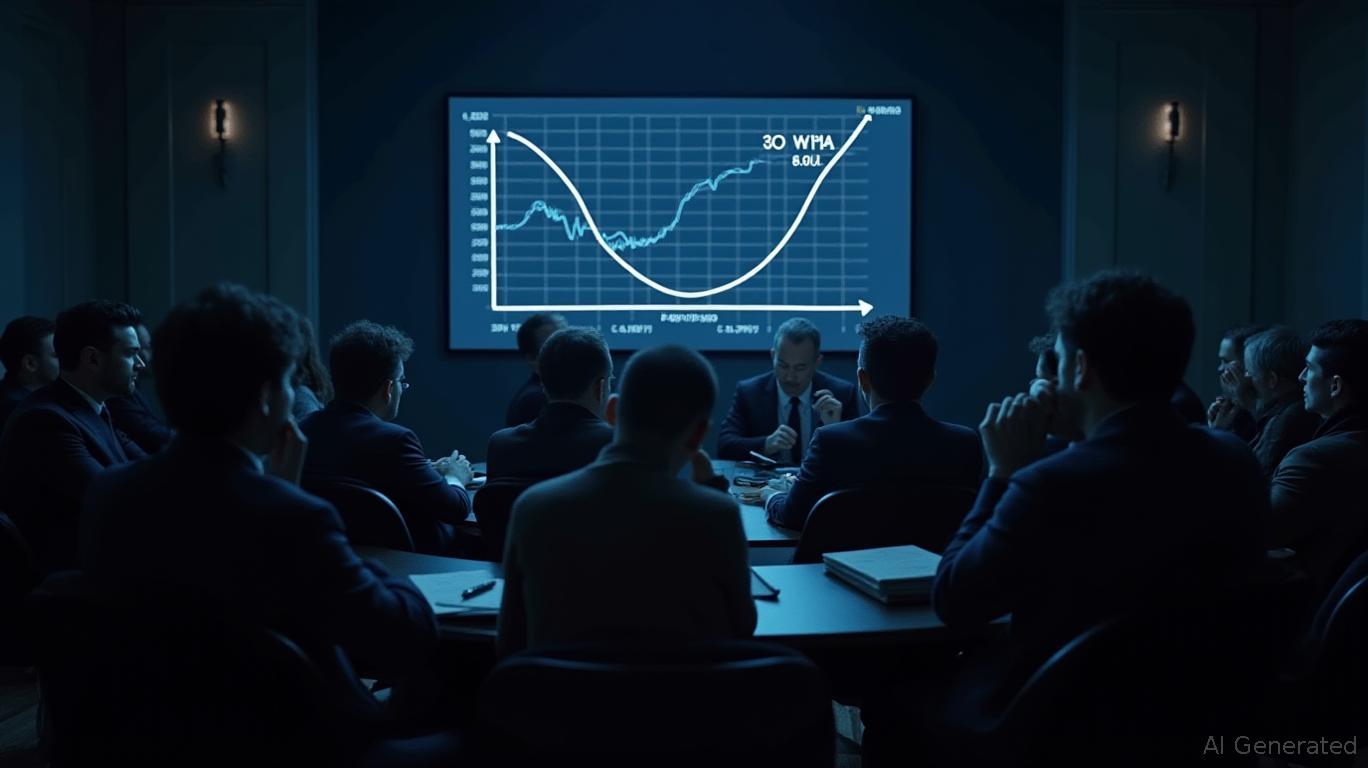US Treasury Yield Curve Flattens Amid Economic Uncertainty
The US 2-year to 10-year Treasury Yield Curve has dropped to its lowest level since May 9th, indicating growing concerns about the health of the US economy. This shift in the yield curve signifies a narrowing gap between short-term and long-term interest rates, which can signal economic uncertainty or a potential slowdown.
The yield on the US 10-year Treasury note fell nearly 6 basis points to 4.4% on Wednesday, driven by mounting concerns over the economic outlook. This decline in yields suggests that investors are seeking safer assets, such as government bonds, amid economic uncertainties. The 10-year Treasury yield has experienced dramatic fluctuations, with the weekly average standing at 4.44% as of May 31, 2025. The term premium on the US 10-year Treasury is now at its highest level since 2014, after trading at a negative level for most of the past decade. This increase in the term premium indicates that investors are demanding higher yields to compensate for the risk of holding long-term bonds, further highlighting the economic uncertainties.
The 2-year Treasury yields also declined by 9 basis points, contributing to the flattening of the yield curve. This flattening is a result of the modest curve, where the difference between the 2-year and 10-year Treasury yields has narrowed. The 30-10 Treasury Yield Spread, which is the difference between the 30-year and 10-year Treasury rates, is currently at 0.52%, compared to 0.53% the previous market day. This spread is higher than the long-term average of 0.49%, indicating a flattening yield curve. A flattening yield curve can signal a lack of confidence in the strength of the economy, as investors are less optimistic about future economic growth.
The yield on 20-year Treasury bonds had risen by about 5 basis points, returning to around 4.99%, nearly equal to the yield of 30-year Treasury bonds. This convergence in yields further supports the notion of a flattening yield curve, as the difference between short-term and long-term interest rates continues to narrow. The 10-year Treasury yield has experienced dramatic fluctuations, with the weekly average standing at 4.44% as of May 31, 2025. This volatility in yields reflects the uncertainty in the economic outlook and the potential for further fluctuations in the yield curve.
The flattening of the yield curve is a significant development, as it can have implications for the broader economy. A flattening yield curve can signal a lack of confidence in the strength of the economy, as investors are less optimistic about future economic growth. This can lead to a decrease in investment and consumer spending, further slowing economic growth. Additionally, a flattening yield curve can make it more difficult for businesses to borrow money, as the cost of borrowing increases. This can lead to a decrease in business investment and hiring, further slowing economic growth.


Comments
No comments yet